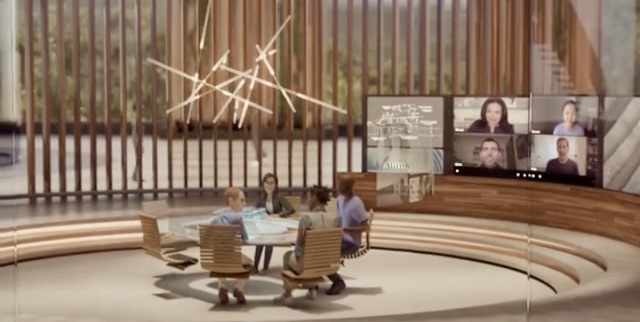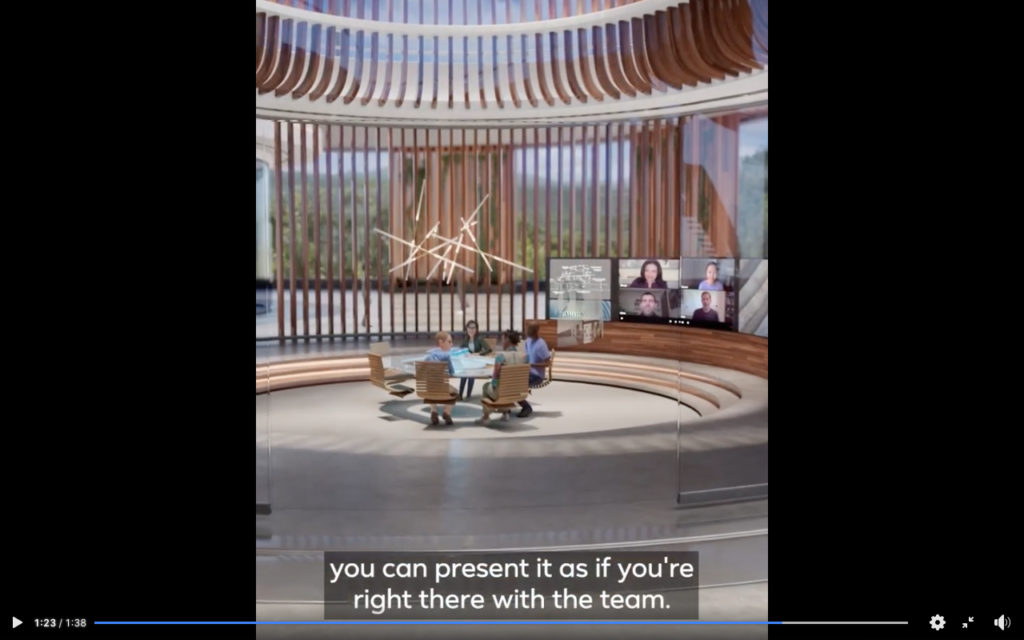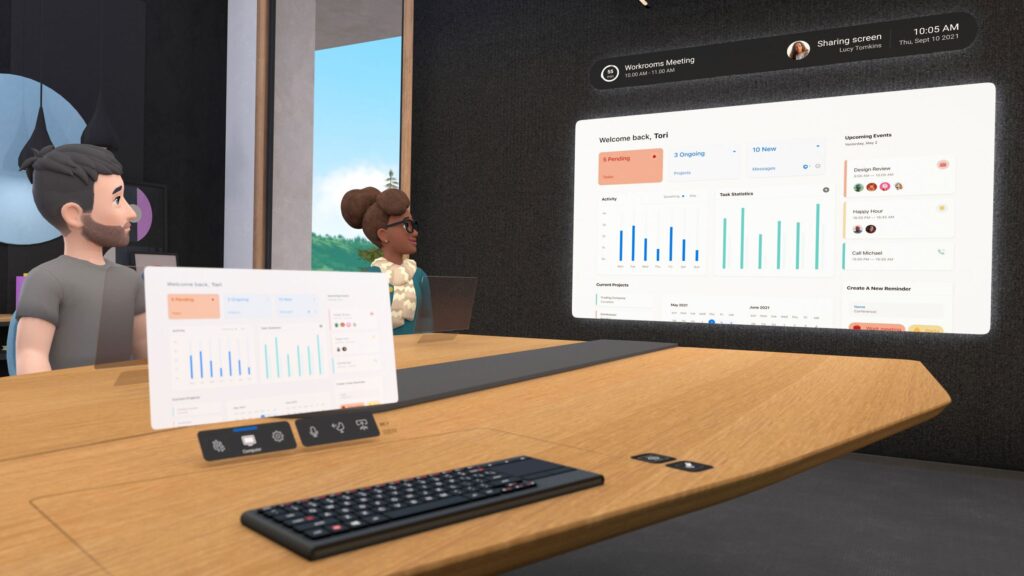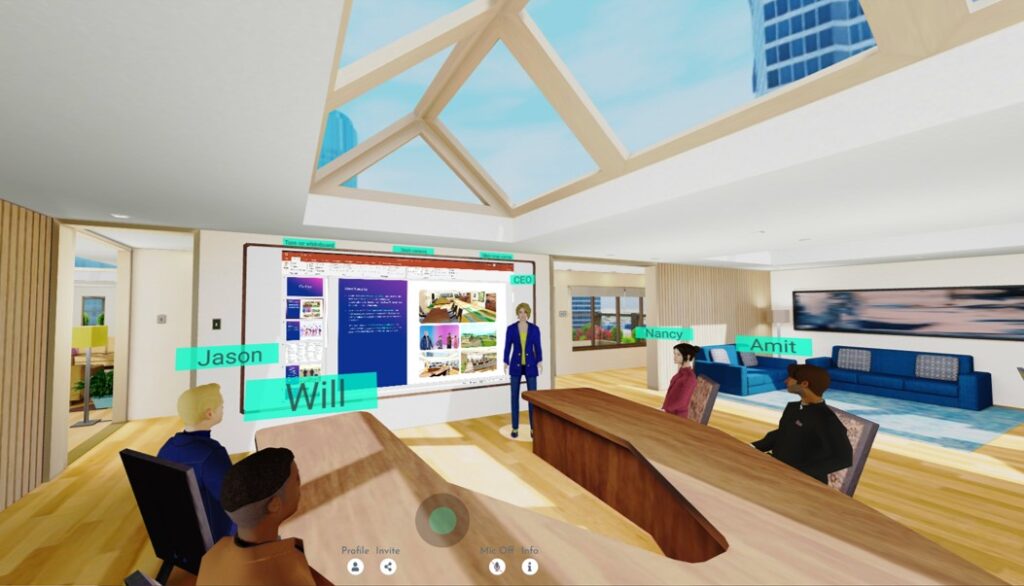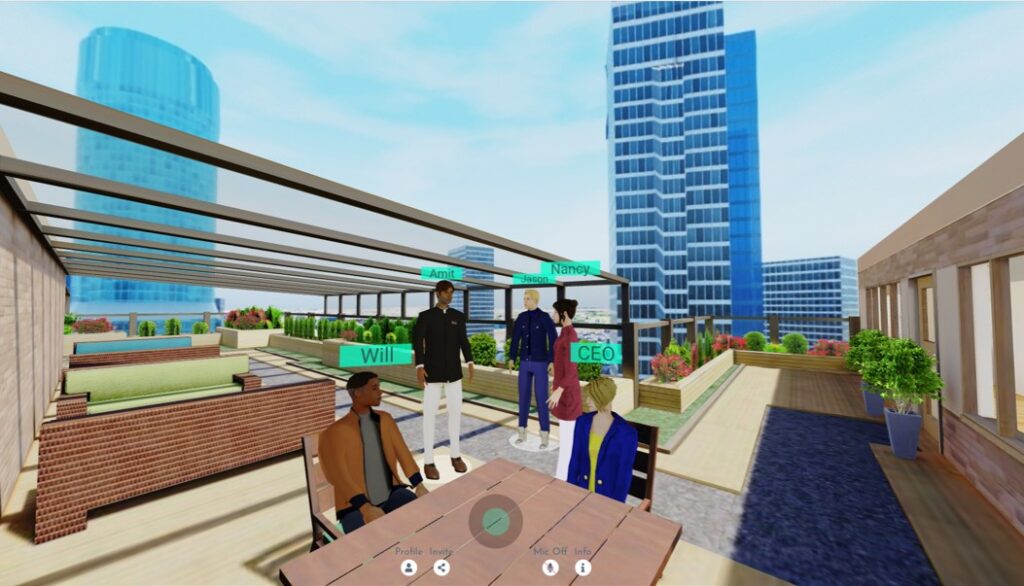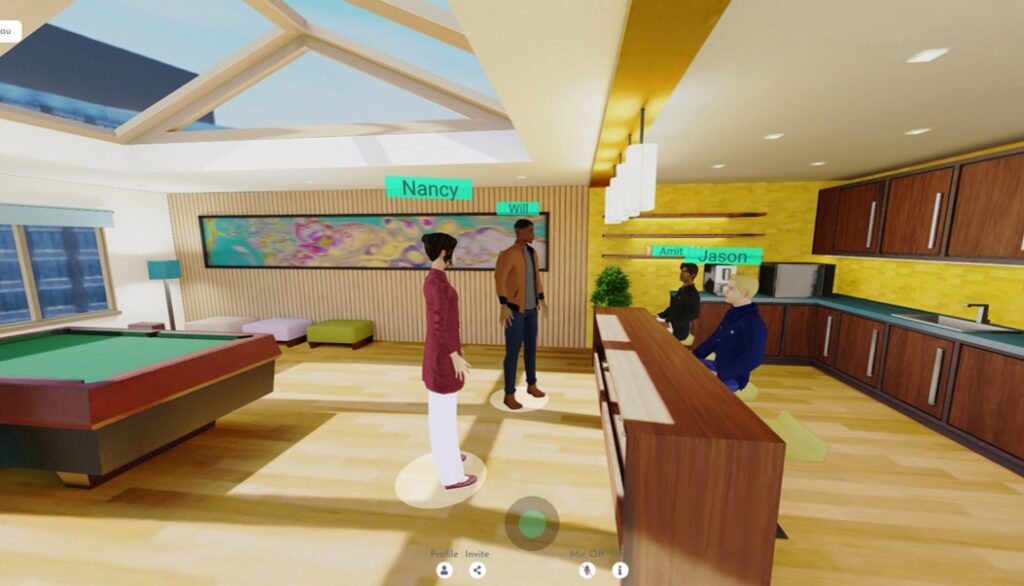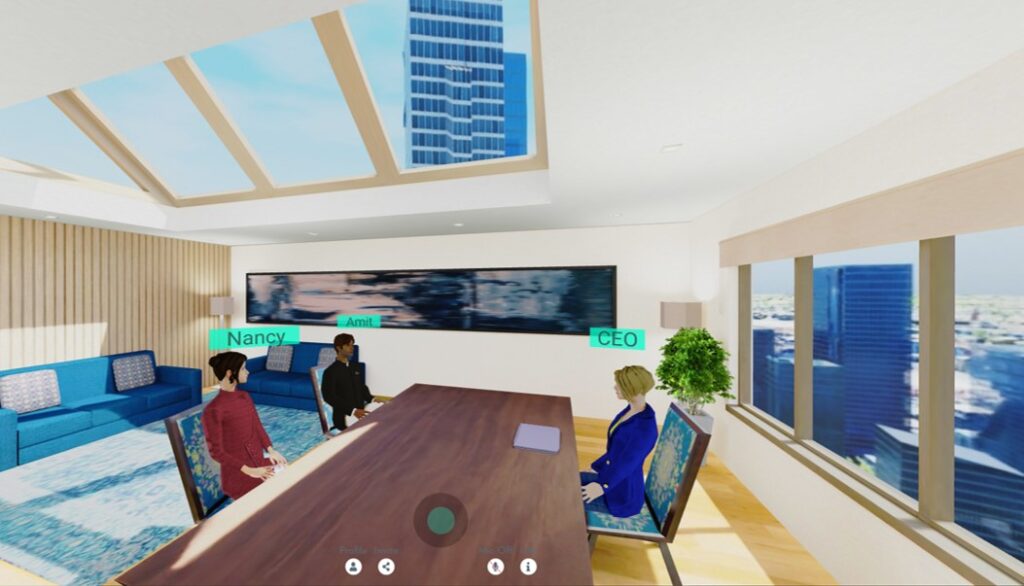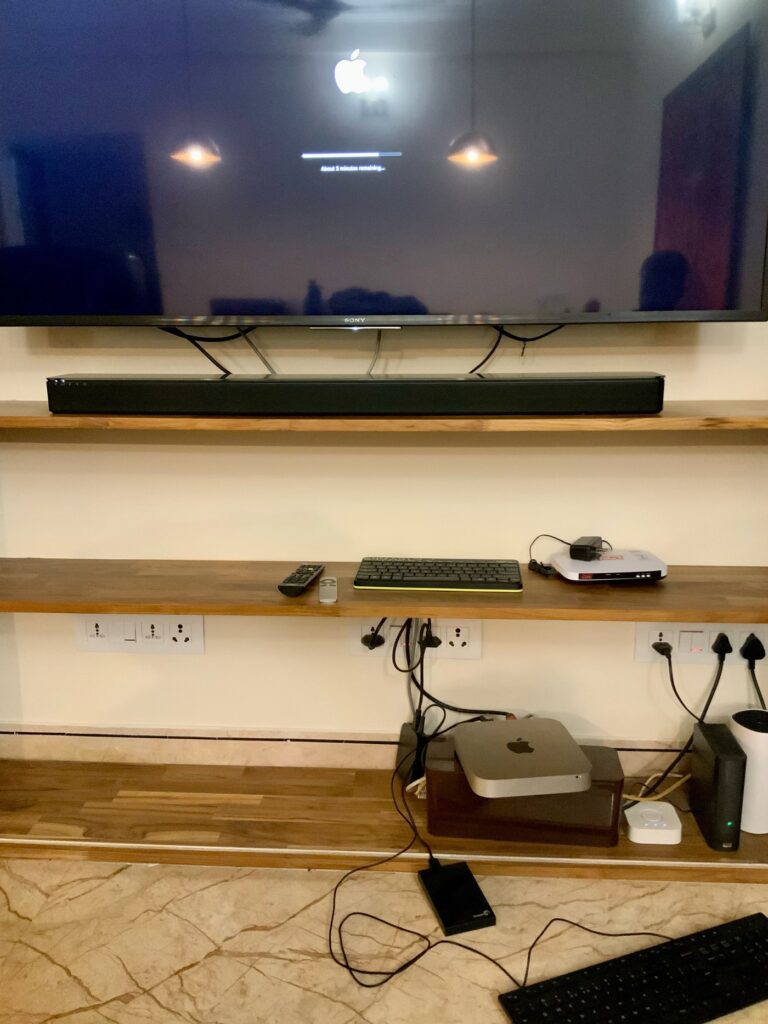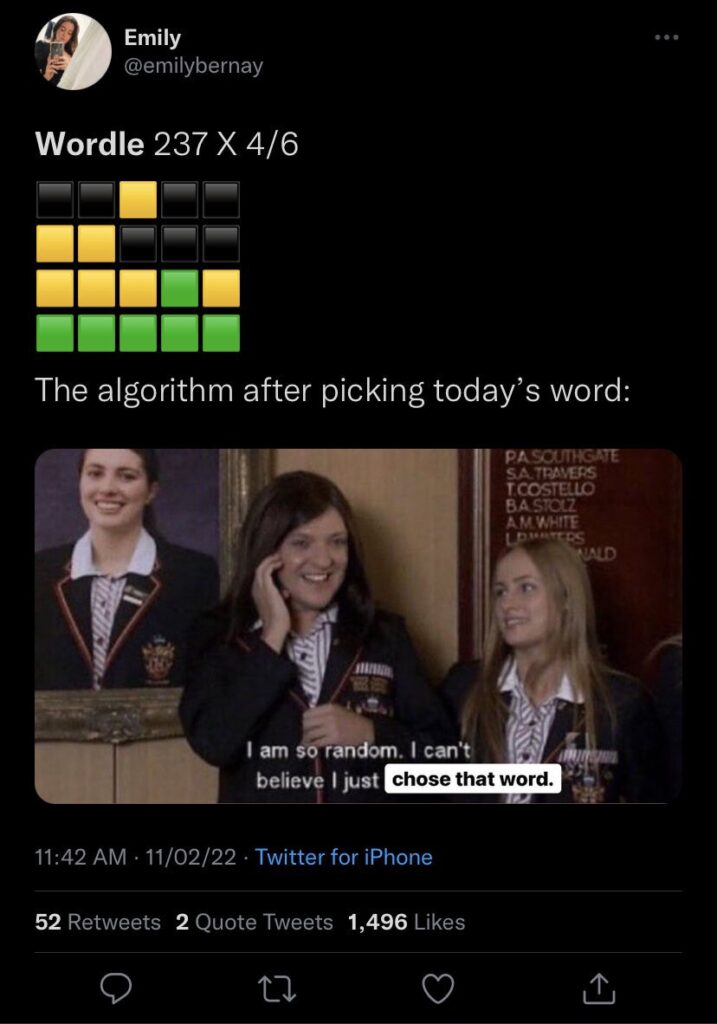The CEO of the company that makes Raspberry Pi computers said something of tremendous importance in an interview:
…my iPhone 8 is a vastly powerful computer, but it’s not really a computer, it’s an appliance. That trend started, I guess, with the replacement of home computers as a platform for computer gaming, primarily by games consoles. It’s continued over time to a point where the PC and the Mac are the only surviving examples of what used to be the way computers always were.
and
The Chromebook is an interesting example of an appliance that is very successful at replacing a general purpose computer with an appliance computer. The existence of general-purpose computers is not a God-given right. It’s a historical accident, a path-dependent historical accident. What we came to realize is the thing that had absolutely gone away was the cost-effective general purpose computers. There were lots of cost-effective appliances: cheap games, consoles, and mobile phones. But there weren’t any more low-cost general purpose computers. There probably had never been general purpose computers as low-cost as a Raspberry Pi. Really, the idea was that cost had become a barrier to access to devices that might beguile you into being a computer programmer.
This shook me. We have few choices for good, cheap, open general purpose computers, especially among those that are portable.
As readers know, the computer I write this on is an upgradeable and serviceable Mac laptop, but it is ten years old. Newer ones, like those that run on M1 processors, are very close to being appliances: non-upgradeable hardware, locked-down firmware, and an effective monopoly on the software operating system. Even homebrew, the open source package manager, has ported itself and several pieces of software to the new processor, but it has nowhere near the support that the older processors did.
The other choice is the Intel + Windows universe, where, taking a cue from the Mac, there are very few choices for user-serviceable, upgradeable machines. The latest version of Windows itself now needs an internet connection and a Microsoft account to set up.
Finally, the iPad. Just like the Chromebook, it is an excellent appliance-computer, one I use in many contexts every day. But it is still nowhere a general purpose, programmable, open computer, and I find myself logging in via a terminal window to my local Raspberry Pi, which runs Linux, to run software, fetch data that I transfer back to the iPad.
This change has taken place over the last decade or so, which is an aeon in ‘tech’, but a. fraction of a human generation. Therefore, not only are today’s students and young adults not familiar with what we would think are basic computer concepts (drives, files, folders, organizing them), but most adults now have most of their data in siloed programs on their phones, usually tied to subscription-based cloud storage or streaming services. That is, within an appliance. For many people I know, their only general purpose computer is their work issued laptop. We have discussed aspects of this many, many times on this site.
What’s most significant about what the Raspberry Pi CEO said was that open, user-serviceable computers are a conscious design, manufacturing and business choice. If vertically integrated, locked-in, subscription oriented appliances make more business sense, we won’t have computers as we know them anymore, or they will be expensive machinery made for professionals running industry-specific programs.
This interview reminded me of that just a few months ago I remarked to myself that Richard Stallman’s insistence on using free software on his computing setup from the ground-up is important for the world because it sets a high bar from which compromises can be hung. In the absence of Stallman, the steelman argument for user agency over their computing is left to be made by manufacturers themselves.
I hope that reading this makes you more conscious of different aspects of your computing: why a general purpose computer is important. Just how powerful a computer you really need. How much will you need to pay for replacements should something break? Just how much of your data do you need a subscription to access, and how would you store it if you didn’t have that subscription anymore.
I encourage you to do this exercise to be at least aware of your situation and your options.
(ends)




